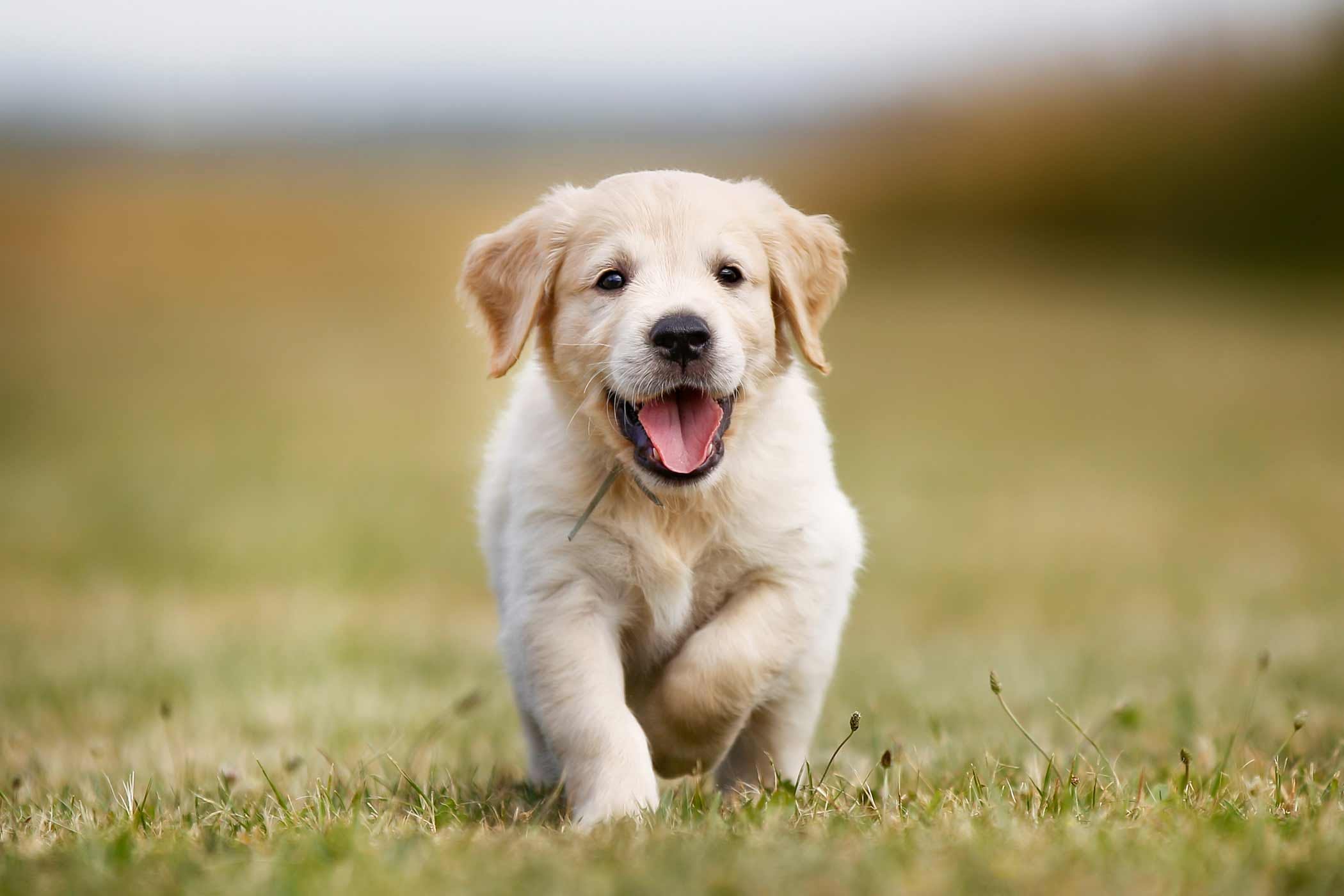[ad_1]
It's time to prep yourself to jump into the water, and get your hands dirty in the mud pool while rowing your tiny tiny, paper boats over the little streams of water flowing away. Here comes the monsoon, and we're all set to savor one of the blissful seasons. However, at some places, it's the moment of rejoicing, and for the rest, it's raining cats and dogs. With the sunset of monsoon, the environment is subject to disasters like flood and in such a case, it causes severe loss to the mankind, flora, and the fauna. As we take preventive measures and extra care for ourselves during the rainy season, the same is needed for the animals especially the livestock who roam around and live in open fields, leaving them exposed to life-threatening diseases. This is the time when the temperature plunging and the farmers begin to assess how the changing weather would affect the health of their cattle, its productivity, and efficiency. The dairy farmers begin to plan and gather resources they would require to manage their cattle and protect it. Animals require a close attention during this time when they need to maintain a normal body temperature against the cold weather. The torrential rains affect the environmental humidity to an amount that the temperature dips much below the lowest temperature limit which causes stress to animals.
This compels the animals to respond in a way, say by seeking shelter or increasing metabolic activity, which could help them maintain their body temperature with the rising cold. Here, this increases their diet requirements, especially the quality feeds that are high on energy.
The cows specifically, require feeds that are full of essential nutrients as they consume more energy to adjust to the climatic conditions and maintain a balanced positive energy. If the cows do not obtain the quality feed supplements, they end up utilizing the reserved energy stored in the body to generate heat and manage body functioning to produce high-quality milk.
Occasionally, this causes the depletion of stored body fat, in the long run, causing weight loss and attenuation of the insulating substance under the skin, exposing them to the cold, stressful weather.
The condition seems worse for the heifers who could bear calves in such a poor body state, lending them a difficult, painful calving, and the birth of weak, low-in-weight calves.
This situation gives rise to calf mortality rate which leads to the mothers producing less milk with delayed heat cycle, lowering the reproduction rate.
Apart from the impact on the livestock, the heavy downpour does affect the other stuff as well. It becomes difficult to bale the hay, keep the cattle feed dry, and watch out the aflatoxins (poisonous carcinogens which cause liver damage and cancer). These harmful toxins lower the quality of fodder and reduce the consumption by animals out of high contamination.
Therefore, it is necessary to keep the dry feed away from the rains to avoid getting them moldy, especially the hay. Manure and silage should also be stored in a dry place to prevent congealing as the same becomes inconsumable by the cows then. The manure is likely to lose out on vital constituents so it should be stacked up and stored at a proper place away from moisture.
To ensure that the animals maintain the desired body temperature and body weight, you must follow certain steps that will help you manage your cattle during the rains and save your money being spent at appropriate places.
1. Cleanliness is foremost.
Animals are likely to easily catch diseases during this season, exposing various health problems. Therefore, keeping the animals clean and dry always stands as the first requirement that must be fulfilled. Besides, the cow teats must also be cleaned and sanitized regularly before and after milking. This helps in keeping the milk away from getting contagious.
2. Increase the feed amount.
The animals, during this period, need more food and energy to produce heat to survive in the cold weather. Feed the cattle with nutritional grains and forage. In the case just wet feedstuff is available, make sure it is not too cold or frozen. Also, build a proper, sturdy shelter to keep them unaffected by strong winds.
3. Prepare dry bedding.
Creating a shed is not enough. Making a proper, warm bed for the cows is equally important as a moist, soiled or dirty bedding leaves them exposed to health issues. Here, a bed of dry sand is the best, however, the availability is limited. In such situations, you can opt for dry straws or animal mattresses.
4. Supply drinking water.
The rainy season does not implying adequacy of drinking water. Cows must be adequately fed with clean and potable water to avert a reduction in consumption of feed by the cows. However, you must ensure that the water you supply is not too cold or at a freezing temperature.
5. Drain away the stagnant water.
The accumulation of rain water during the monsoon is obvious and frequent. But the same also provides a natural platform for the growth of harmful bacteria and diseases. Therefore, preserving a hygienic surrounding works well in obviating the same.

